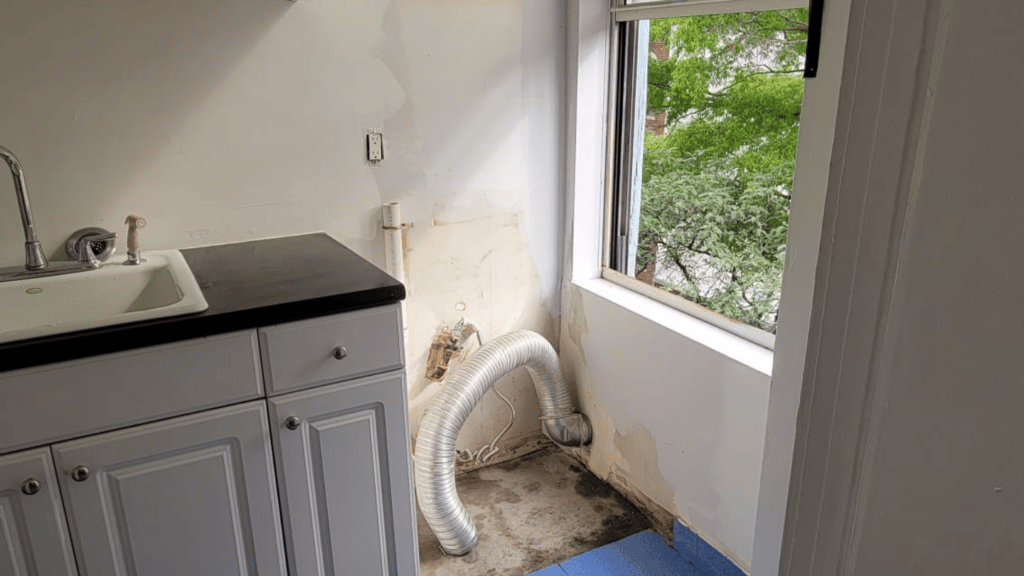Mold growth in a home is more than just an aesthetic issue – it’s a significant health risk with potentially devastating consequences. Unchecked, mold can wreak havoc on your property, causing structural damage and creating a hazardous living environment. This article aims to educate homeowners on the crucial role of mold-resistant building materials in preventing mold growth. We’ll explore what these materials are, provide some practical tips for using them, and explain how incorporating them into your home can create a safer, healthier space for you and your family.
Understanding Mold
Mold, a type of fungus that thrives in warm and damp environments, can result in considerable damage and pose a threat to your health. As a homeowner, understanding the basics of mold is critical. The fungus is notorious for growing on organic building materials such as wood, paper, and cotton, causing discoloration, musty odors, and even structural damage if left unchecked. A proper understanding can also help you prevent mold growth in your home and make informed decisions when selecting mold-resistant building materials. However, when mold removal becomes necessary, it’s essential not to attempt mold remediation on your own. Instead, consult a professional to ensure the safe and effective elimination of the fungus.

The Importance of Mold-Resistant Building Materials
As a homeowner, one of the most important considerations is ensuring the safety and well-being of your family. Mold growth can pose a serious threat to your health, which is why it is important to invest in mold-resistant building materials when constructing or renovating your home. Not all building materials are created equal when it comes to resistance to mold, which is why it is essential to choose materials that are specifically designed to discourage mold growth and prevent its spread. From drywall to insulation, there are a variety of mold-resistant building materials available that can help keep your home healthy and safe. By prioritizing the use of these materials, homeowners can enjoy a more comfortable, healthier living environment for themselves and their families.

Types of Mold-Resistant Building Materials
Concerning building or renovating a home, concerns about mold growth may not be at the forefront of every homeowner’s mind. However, the risks associated with unchecked mold growth cannot be overstated. Not only can mold negatively impact the structural integrity of your home, but it can also pose serious health risks to you and your family. That’s why it’s worth considering the benefits of mold-resistant building materials. Fortunately, a variety of options exist that can help prevent mold growth. From moisture-resistant drywall to anti-microbial coatings, choosing the right materials can make a big difference in reducing the risks of mold. By learning about mold-resistant building materials and incorporating them into your home improvement plans, you can create a safer, healthier living environment for you and your loved ones.
Tips for Using Mold-Resistant Building Materials
Mold is a common problem that every homeowner faces. Not only is mold unsightly, but it’s also a health hazard that can cause serious respiratory issues. One way to combat mold is by incorporating mold-resistant building materials into your home. These materials are specially designed to prevent mold growth and keep your home safe and healthy. To get the most out of your mold-resistant building materials, it’s essential to know how to use them correctly. Some tips include using properly rated moisture barriers, ensuring proper ventilation, and using appropriate caulking and sealing products. By following these tips, you can make your home mold-resistant and keep your family healthy.
| Material Type | Characteristics | Best Use | Maintenance |
|---|---|---|---|
| Mold-Resistant Drywall | This type of drywall has a fiberglass facing instead of a paper facing, which makes it more resistant to mold. | Best used in areas prone to moisture like bathrooms and basements. | Requires standard drywall maintenance. |
| Mold-Resistant Paint | This paint contains anti-microbial ingredients that resist mold growth. | Ideal for any room that experiences moisture or high humidity. | Requires regular cleaning to maintain its mold resistance. |
| Mold-Resistant Insulation | Made from a fiberglass material that is naturally resistant to mold. | Should be used in walls, attics, and basements. | Insulation should be inspected annually for damage which could lead to mold growth. |
| Mold-Resistant Wood | This wood has been treated with anti-mold chemicals, making it hard for mold to grow on. | Best used for framing houses and building decks. | Requires regular sealing and treatment to maintain its mold resistance. |
Conclusion
In conclusion, mold infestation is a grave issue that homeowners should not take lightly due to its potential impact on health and property. The use of mold-resistant building materials, properly rated moisture barriers, and ensuring appropriate ventilation, can significantly mitigate this problem. Regular checks and early intervention also play crucial roles in maintaining a safe and mold-free home. By incorporating these strategies, homeowners can strike a decisive blow against mold growth, thereby safeguarding the integrity of their dwelling and the health of their loved ones.




